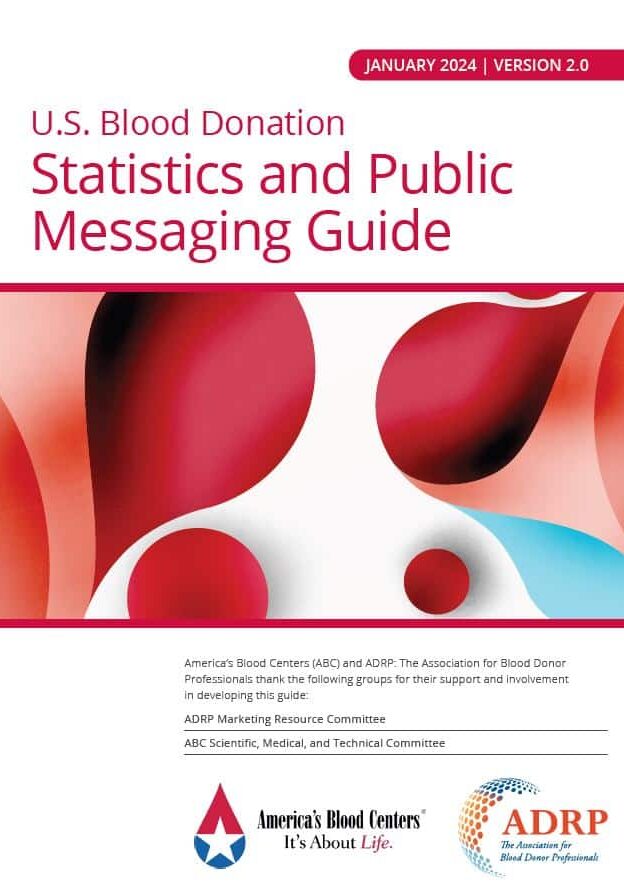
Blood centers rely on blood collected at more than 800 donation sites across the country.
Each time a new donation site is opened, a blood center must go through an extensive licensure process to add the new site to their existing Blood License Application (BLA). This process can take more than a year, despite the blood center using the same Standard Operating Procedures (SOPs), devices, and staff as their primary licensed facility.
The Problem
- Outdated regulations are creating significant bottlenecks in the U.S. blood supply chain.
- Current rules require redundant reviews for new apheresis collection sites, despite prior FDA approval. This unnecessary duplication delays blood availability to patients and impedes blood centers' ability to adapt to changing needs.
- As new donation locations open nationwide, these regulations pose a critical challenge. They not only slow down the process of establishing new collection sites but also create inefficiencies in an already complex healthcare system.

Take Action
Congress must work with the Administration to modernize and streamline licensure requirements for blood centers, eliminating unnecessary processes and reducing wait times for FDA approval. By removing bureaucratic barriers that don't enhance safety, blood centers would be allowed to more efficiently open new locations and use approved equipment, ultimately supporting America's blood supply as a national priority.
Add your voice to these efforts by sending customizable, prewritten messages to your Members of Congress - it takes only minutes but could have a lasting impact.
Latest Developments
Resources
Apheresis Collections Licensure Routes & Validation Data
Presentation by America's Blood Centers featuring flowcharts detailing the apheresis collections licensure routes and validation data.


ABC Letter Welcomes Dr. Vinayak Prasad, Advocates for Regulatory Reforms
America’s Blood Centers (ABC) welcomes Dr. Vinayak Prasad to his new leadership roles at the FDA in a letter that underscores ABC’s significant contribution to…